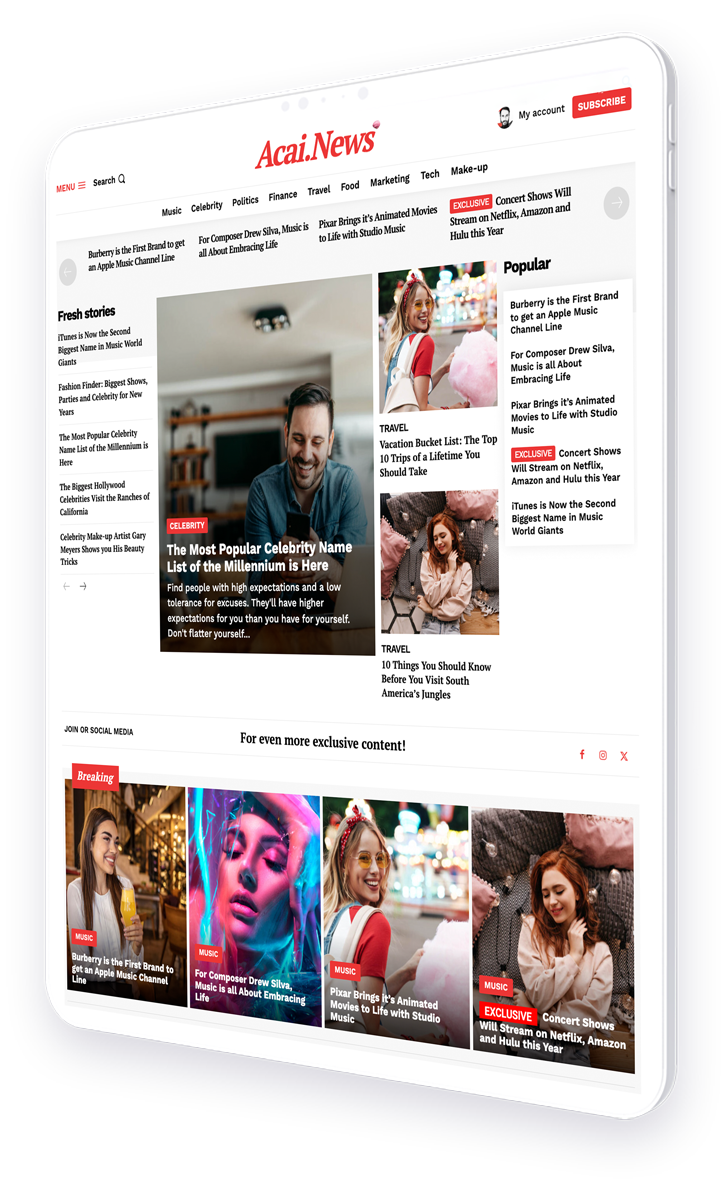Exploring the impact of AI in automating the entire editorial workflow of a corporate magazine
In the rapidly evolving landscape of technology, artificial intelligence (AI) is making significant strides across various industries. One area where AI is showing immense potential is in the editorial workflow of corporate magazines. From writing and editing to designing, AI is poised to revolutionize how content is created and managed. But can AI truly replace human writers, editors, and designers? This article explores the impact of AI in automating the entire editorial workflow, examining its capabilities, limitations, and the future of editorial teams.
The Rise of AI in Content Creation
AI’s journey into content creation began with simple tasks like grammar checking and has now expanded into more complex areas such as generating entire articles. AI-powered tools like OpenAI’s GPT-4 have demonstrated the ability to produce coherent and contextually relevant text, raising questions about the future role of human writers.
AI’s capabilities in content creation include:
- Generating articles and reports based on data inputs
- Creating personalized content for targeted audiences
- Automating routine writing tasks, freeing up human writers for more creative work
While AI can produce text that mimics human writing, it lacks the ability to infuse content with genuine emotion and creativity. **Human writers bring a unique perspective and depth to their work that AI cannot replicate.**
AI in Editing: Enhancing Accuracy and Efficiency
Editing is a critical component of the editorial process, ensuring that content is accurate, clear, and engaging. AI-powered editing tools like Grammarly and Hemingway Editor have become indispensable for many writers and editors, offering suggestions for improving grammar, style, and readability.
AI’s role in editing includes:
- Identifying grammatical errors and suggesting corrections
- Enhancing readability by simplifying complex sentences
- Ensuring consistency in tone and style across content
While AI can enhance the editing process, it cannot replace the nuanced judgment of a human editor. Editors bring a deep understanding of context, audience, and intent that AI lacks.
Designing with AI: Creativity Meets Automation
Design is another area where AI is making significant inroads. Tools like Canva and Adobe’s Sensei use AI to assist designers in creating visually appealing layouts and graphics. AI can analyze design trends, suggest color palettes, and even generate entire layouts based on user input.
AI’s contributions to design include:
- Automating repetitive design tasks, such as resizing images
- Providing design suggestions based on current trends
- Enhancing creativity by offering new design possibilities
Despite these advancements, AI cannot replace the creative intuition and artistic vision of a human designer. Designers bring a unique blend of creativity and technical skill that AI cannot replicate.
Case Studies: AI in Action
Several organizations have already begun integrating AI into their editorial workflows, with varying degrees of success. For example, The Washington Post uses an AI tool called Heliograf to generate news stories on topics like sports and election results. This allows human journalists to focus on more in-depth reporting.
Another example is Forbes, which uses an AI tool called Bertie to assist writers by suggesting headlines and topics based on trending data. This helps writers create content that resonates with their audience.
These case studies demonstrate that AI can complement human efforts, enhancing productivity and efficiency. However, they also highlight the importance of human oversight and creativity in the editorial process.
The Future of Editorial Teams: A Collaborative Approach
As AI continues to evolve, the future of editorial teams will likely involve a collaborative approach, where AI and humans work together to create high-quality content. AI can handle routine tasks, allowing human writers, editors, and designers to focus on more creative and strategic aspects of their work.
The key to success lies in leveraging AI’s strengths while recognizing its limitations. By embracing AI as a tool rather than a replacement, editorial teams can enhance their capabilities and deliver more engaging content to their audiences.
Conclusion: Embracing AI as a Partner, Not a Replacement
In conclusion, while AI has the potential to automate many aspects of the editorial workflow, it cannot fully replace the creativity, intuition, and emotional depth that human writers, editors, and designers bring to their work. AI should be viewed as a valuable partner that can enhance productivity and efficiency, rather than a replacement for human talent.
As the technology continues to advance, editorial teams must adapt and find ways to integrate AI into their workflows effectively. By doing so, they can harness the power of AI to create content that is not only efficient but also engaging and impactful.
For more insights into the impact of AI on content creation, visit Forbes.




